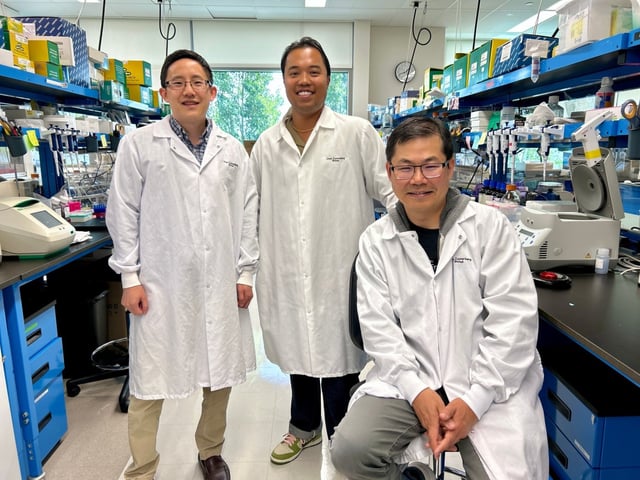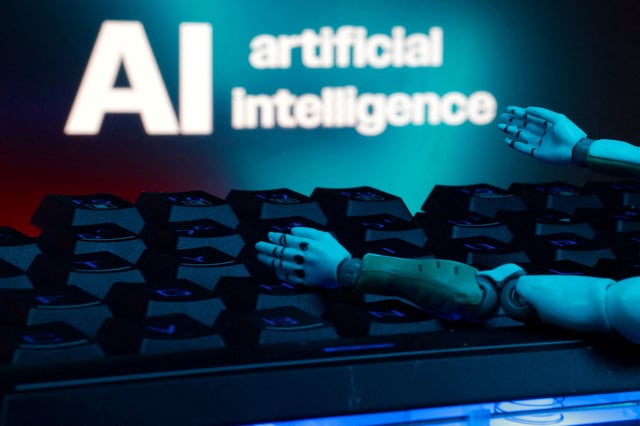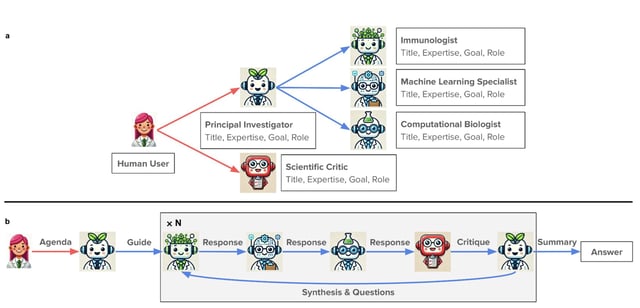Overview
- The Virtual Lab leveraged an LLM principal investigator and specialist AI agents to autonomously generate a computational pipeline that produced 92 nanobody candidates within two days.
- Laboratory testing confirmed two AI-designed nanobodies that bind strongly to emerging JN.1 and KP.3 SARS-CoV-2 variants while retaining affinity for the ancestral spike protein.
- A dedicated Scientific Critic agent and budget constraints limited human intervention to roughly 1% of the workflow, curbing errors without stifling AI creativity.
- The system integrates tools such as ESM, AlphaFold-Multimer and Rosetta to facilitate rapid, interdisciplinary molecular design.
- With validated candidates in hand, researchers are feeding empirical results back into the AI agents and exploring the platform’s application across diverse biomedical questions.



